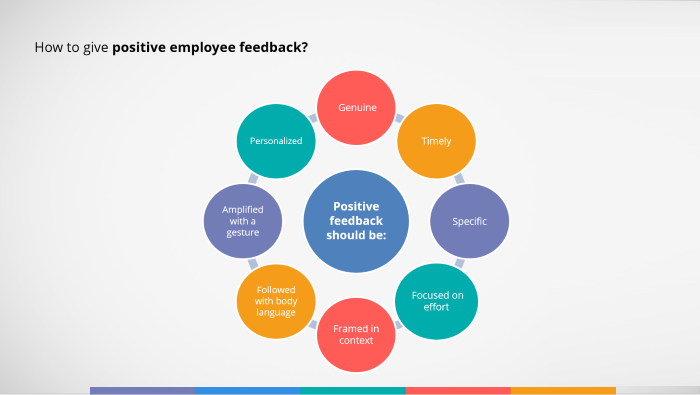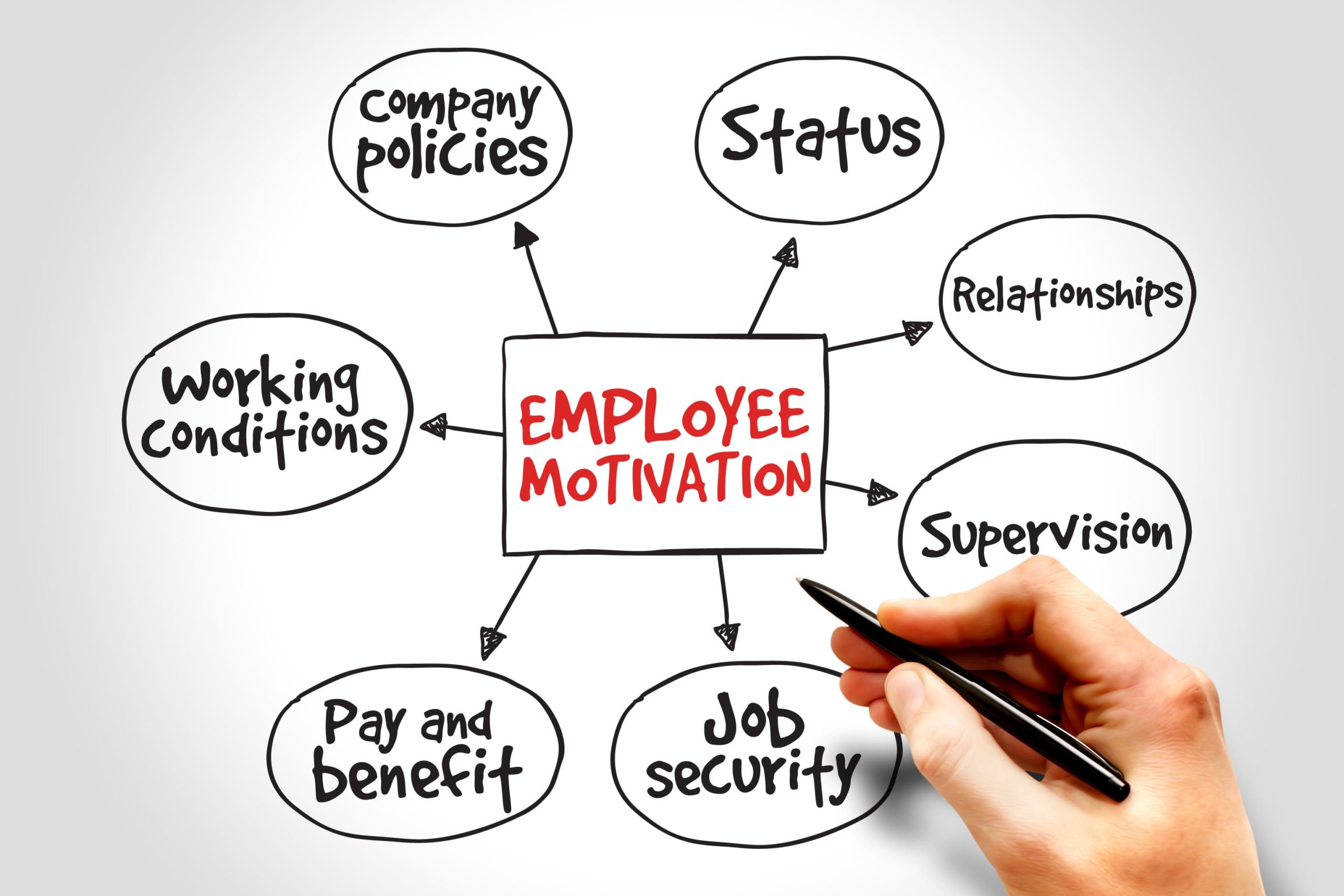Some effective ways to provide feedback to employees
What are some effective ways to provide feedback to employees?

Providing feedback to employees is essential for their growth and development, as well as the success of the organization. Here are some effective ways to provide feedback to employees:
- Be specific: Provide specific examples of what the employee did well or needs to improve. This helps the employee understand the feedback and take action accordingly.
- Be timely: Provide feedback as soon as possible after the event, so it is fresh in the employee’s mind.
- Be constructive: Provide feedback in a constructive and positive way, focusing on the behaviour rather than the person.
- Be clear: Clearly communicate your expectations and goals, so the employee knows what they need to do to improve.
- Use active listening: Listen to the employee’s perspective and encourage them to share their thoughts and ideas.
- Offer solutions: Provide suggestions and solutions for improvement, and work with the employee to develop a plan to address any issues.
- Balance positive and negative feedback: Provide both positive feedback for what the employee is doing well and constructive feedback for areas that need improvement.
- Encourage self-reflection: Encourage the employee to reflect on their performance and identify areas for improvement.
- Follow up: Follow up with the employee to see if they have made progress and provide additional support and feedback as needed.
By providing effective feedback, you can help your employees grow and develop, improve their performance, and contribute to the success of the organization.
How can I motivate my employees to perform at their best?

Motivating employees to perform at their best is essential for the success of any organization. Here are some effective strategies to motivate employees:
- Set clear goals: Clearly communicate the goals and objectives of the organization and individual projects. Make sure employees understand how their work contributes to the success of the organization.
- Provide regular feedback: Provide regular feedback on employees’ performance, both positive and constructive. This helps employees understand what they are doing well and what they need to improve.
- Recognize and reward good work: Recognize and reward employees for their achievements and hard work. This can be done through verbal praise, bonuses, promotions, or other incentives.
- Offer opportunities for growth and development: Provide opportunities for employees to learn new skills and take on new challenges. This helps employees feel valued and contributes to their professional development.
- Foster a positive work environment: Create a positive work environment that promotes collaboration, teamwork, and open communication. Encourage work-life balance and provide a comfortable and supportive work environment.
- Encourage autonomy: Give employees the autonomy to make decisions and take ownership of their work. This helps employees feel empowered and motivated to perform at their best.
- Lead by example: Set an example by demonstrating a strong work ethic and positive attitude. This encourages employees to do the same.
- Celebrate successes: Celebrate team and individual successes, no matter how big or small. This helps create a positive and supportive work culture.
By implementing these strategies, you can create a motivated and engaged workforce that performs at its best and contributes to the success of the organization.
FAQs
How often should I provide feedback to my employees?
You should provide regular feedback to your employees, ideally on a weekly or bi-weekly basis. This helps ensure that employees understand what they are doing well and what they need to improve, and allows them to make adjustments as needed.
How can I provide constructive feedback without demotivating my employees?
To provide constructive feedback without demotivating your employees, focus on the behaviour rather than the person, be specific and provide examples, and offer solutions and support for improvement. Be sure to also balance constructive feedback with positive feedback, recognizing and rewarding good work.
How can I motivate employees who are not interested in their work?
To motivate employees who are not interested in their work, you should try to understand their motivations and interests, offer opportunities for growth and development, and set clear expectations and goals. It may also be helpful to connect their work to the larger goals and mission of the organization.
How can I create a culture of feedback in my organization?
To create a culture of feedback in your organization, you should encourage open communication, provide regular feedback to all employees, and model the behaviour you want to see. You can also provide training and resources to help employees give and receive feedback effectively.
How can I motivate employees who are working remotely?
To motivate employees who are working remotely, you should provide regular feedback and recognition, offer opportunities for virtual team-building and collaboration, and create a positive virtual work environment. It may also be helpful to provide additional support and resources to help employees adjust to remote work.
How can I ensure that my feedback is effective?
To ensure that your feedback is effective, you should be clear, specific, and timely in your communication, focus on the behaviour rather than the person, and offer solutions and support for improvement. It is also important to follow up with the employee to see if they have made progress and provide additional feedback and support as needed.


